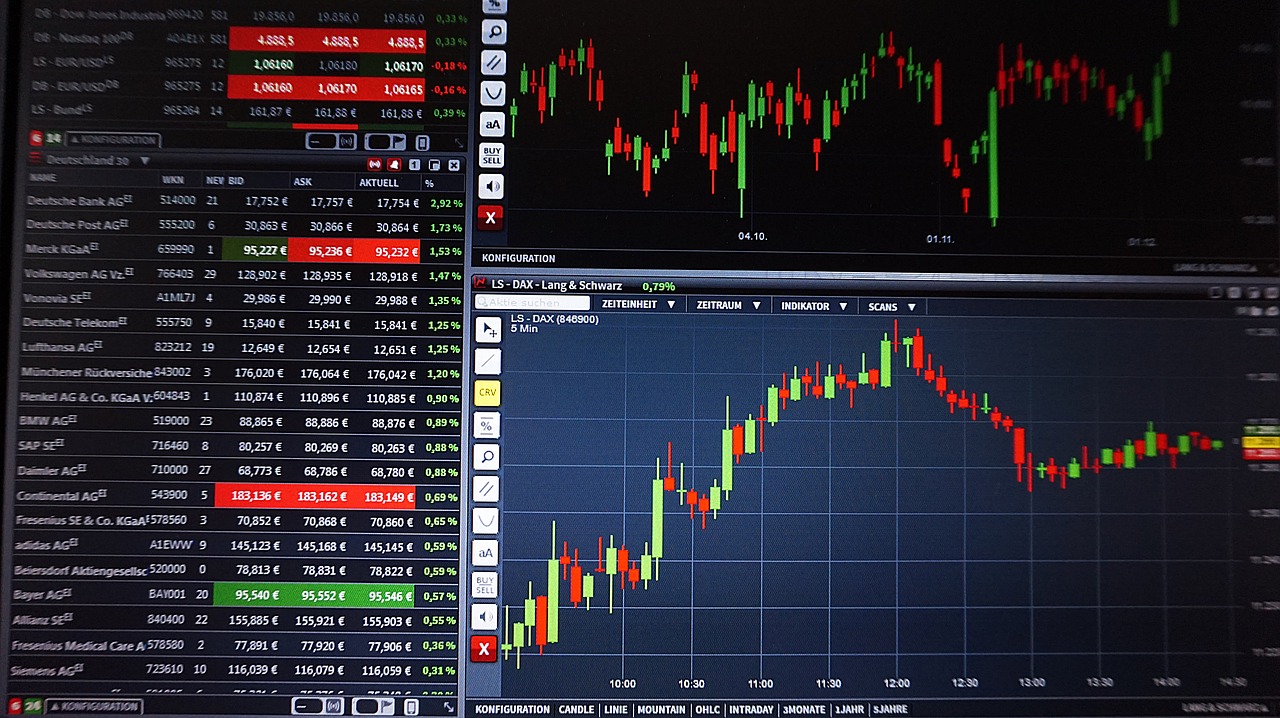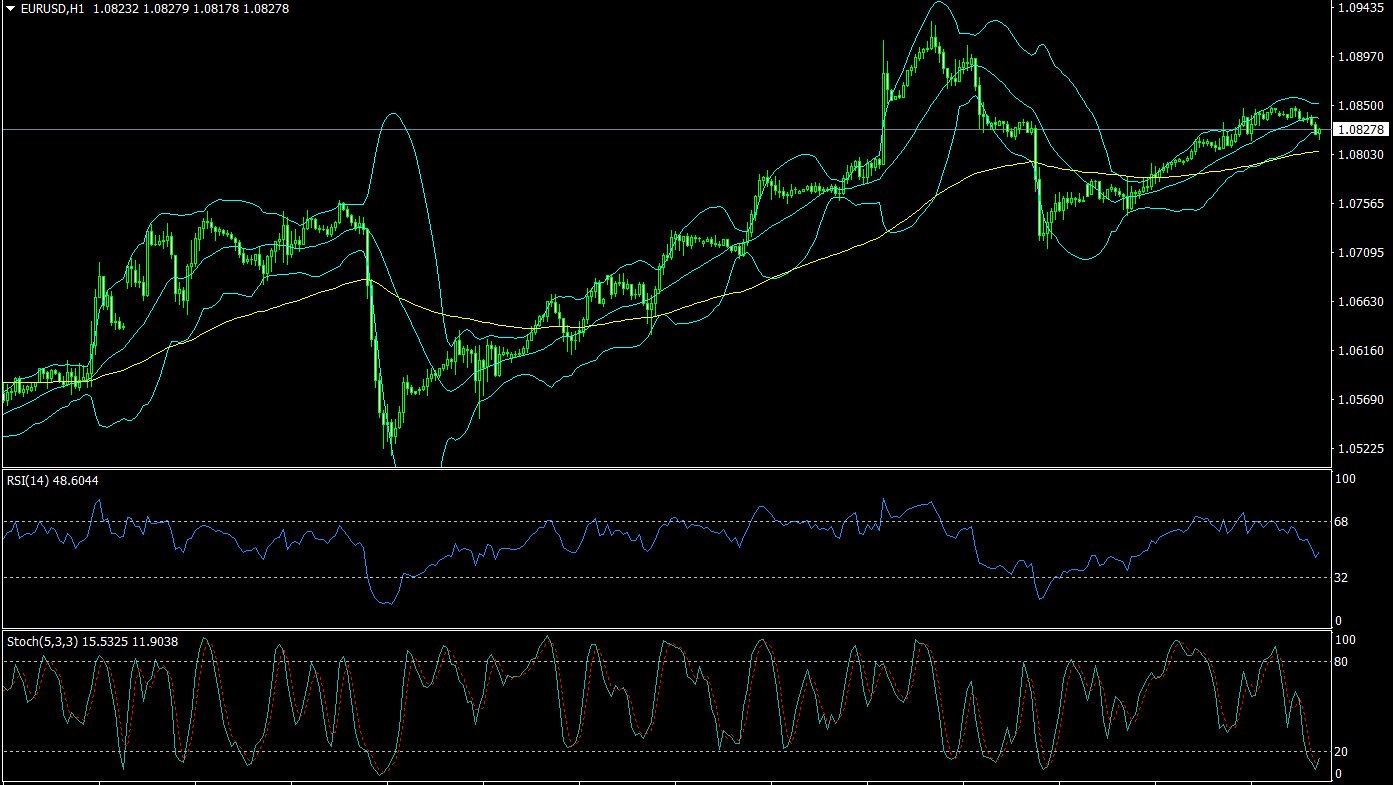The foreign exchange (forex) market is an enticing arena for investors seeking potentially high returns on their investments. However, with the potential for significant profit comes the inherent risk of substantial losses. Consequently, risk management plays a vital role in forex trading, helping traders minimize losses, protect their capital, and improve their overall trading performance. This article will explore various strategies and techniques for managing risk in forex trading, providing insights that can help traders navigate the complexities of the market more effectively.
Understanding Risk in Forex Trading
Before delving into specific risk management strategies, it is essential to understand the various types of risks involved in forex trading. Some of the primary risks include:
- Market Risk: Market risk refers to the potential for losses due to adverse changes in market conditions, such as interest rate fluctuations, political instability, and economic events.
- Leverage Risk: Forex trading often involves the use of leverage, which can amplify both gains and losses. Leverage risk arises from the possibility of losing more than the initial investment due to the leveraged nature of the trade.
- Counterparty Risk: Counterparty risk is the risk that the other party in a trade may default on their obligations, resulting in losses for the trader.
- Execution Risk: Execution risk pertains to the possibility that a trade may not be executed as planned, due to factors such as slippage, latency, or technical issues with the trading platform.
Establishing a Risk Management Plan
A well-thought-out risk management plan is crucial for minimizing potential losses and protecting your trading capital. The following steps outline the process of creating a comprehensive risk management plan:
- Set Trading Objectives: Clearly define your trading goals and objectives, including your desired return on investment (ROI), acceptable risk levels, and time horizon for achieving your goals.
- Determine Risk Tolerance: Assess your personal risk tolerance, taking into account factors such as your financial situation, investment experience, and emotional disposition. This will help you determine the level of risk you are comfortable taking in your trades.
- Establish Risk-Reward Ratios: Define the minimum risk-reward ratio for each trade, ensuring that the potential profit outweighs the potential loss. A common rule of thumb is to aim for a risk-reward ratio of at least 1:2 or 1:3.
- Implement Stop Loss and Take Profit Orders: Utilize stop loss and take profit orders to automatically close trades at predetermined price levels, protecting your capital from excessive losses and locking in profits.
- Monitor and Adjust: Regularly review and assess your risk management plan, making necessary adjustments based on your trading performance and changing market conditions.
Risk Management Strategies and Techniques
Implementing specific risk management strategies and techniques can help traders mitigate the various risks associated with forex trading. Some of these strategies include:
- Set Stop Loss Orders
Stop loss orders are an important tool for managing risk in forex trading. A stop loss order is an order placed with a broker to close a trade when a certain price level is reached. This helps to limit potential losses and protect traders’ capital. It is important to set stop loss orders at a level that reflects the trader’s risk tolerance and trading strategy.
- Use Leverage Wisely
Leverage is a powerful tool that can amplify gains in forex trading, but it can also increase losses. Traders must use leverage wisely and avoid over-leveraging their trades. A general rule of thumb is to limit leverage to 1:10 or less. This means that for every $1 in a trader’s account, they can control $10 in the market.
- Diversify Your Portfolio
Diversification is a key strategy for managing risk in forex trading. Traders should diversify their portfolio by trading multiple currency pairs and using a variety of trading strategies. This helps to spread risk and reduce the impact of losses in any one particular trade.
- Limiting Exposure to Correlated Currency Pairs
Trading multiple currency pairs that are highly correlated can inadvertently increase your overall risk exposure. By limiting your exposure to correlated currency pairs, you can better manage market risk and prevent over-concentration of risk in your trading portfolio.
- Practice Good Money Management
Good money management is essential for managing risk in forex trading. Traders should limit the amount of capital they risk on any one trade and avoid over-trading. A general rule of thumb is to risk no more than 2% of your account on any one trade. This means that if a trader has a $10,000 account, they should risk no more than $200 on any one trade.
- Monitor Economic Indicators
Economic indicators can have a significant impact on currency prices and market volatility. Traders must stay informed about current economic conditions and monitor key economic indicators such as GDP, inflation, and unemployment rates. This can help traders anticipate potential market movements and adjust their trading strategies accordingly.
- Maintain Emotional Control
Emotions such as fear and greed can lead to poor decision-making and impulsive trading. Traders must maintain emotional control and avoid making trades based on emotion rather than analysis. Developing a trading plan and sticking to it can help traders maintain emotional control and make better trading decisions.
- Continuous Education and Adaptation
Stay informed about market developments and continually improve your trading skills and knowledge. By adapting your trading strategies and risk management techniques to changing market conditions, you can better manage risk and enhance your overall trading performance.
The Role of Psychology in Risk Management
Managing risk in forex trading is not only about implementing specific strategies and techniques but also about understanding the psychological aspects of trading. Some tips for managing the psychological aspects of risk include:
- Develop a Trading Mindset: Cultivate a mindset that accepts losses as a natural part of trading and focuses on long-term success rather than short-term gains.
- Manage Emotions: Learn to recognize and manage your emotions, such as fear, greed, and overconfidence, which can negatively impact your trading decisions and risk management.
- Cultivate Patience and Discipline: Practice patience and discipline in your trading, sticking to your risk management plan and avoiding impulsive decisions based on emotions.
- Maintain Realistic Expectations: Set realistic expectations for your trading performance, understanding that even the most successful traders experience losses and that achieving consistent profitability takes time and effort.
Conclusion
Effective risk management is an integral component of successful forex trading. By understanding the various risks involved in forex trading, developing a comprehensive risk management plan, and implementing specific strategies and techniques, traders can minimize potential losses, protect their capital, and improve their overall trading performance. Additionally, addressing the psychological aspects of trading and cultivating a disciplined and objective approach to risk management can further enhance a trader’s ability to navigate the complex world of forex trading. Ultimately, effective risk management can be the difference between long-term success and failure in the forex market, making it a crucial skill for every trader to master.



